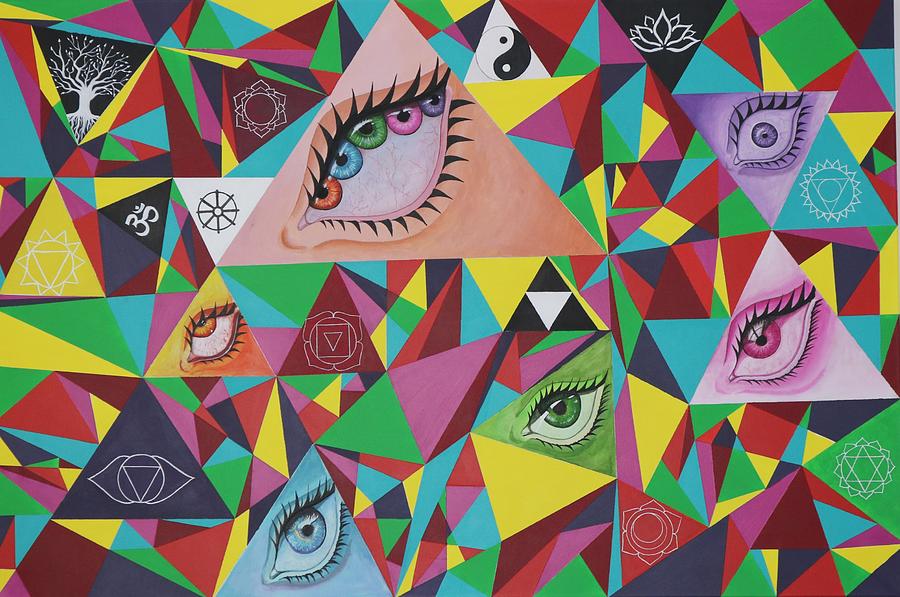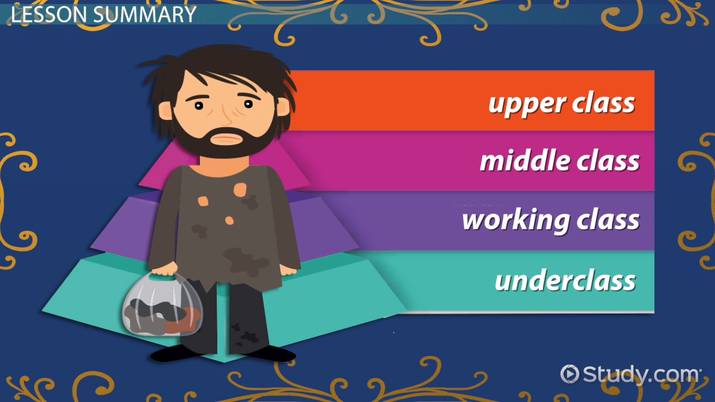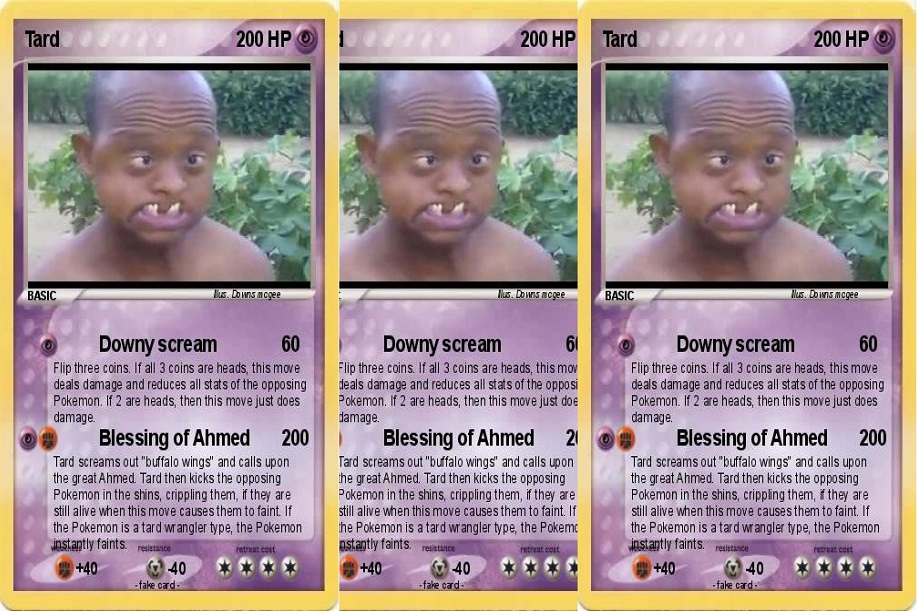
1. Consciousness is the prima materia and each one of us is ultimately a fragment of this consciousness.
2. Each fragment of consciousness possesses its own frequency. This frequency can be expressed as a number between 0 and 1, where 0 is the Winter Pole of the Quadrijitu, and 1 is the Summer Pole of the Quadrijitu.
3. All fragments of consciousness can be arranged into a hierarchy, such that the higher frequencies incarnate into higher worlds, and the lower frequencies into lower worlds.
4. Within this world, there is also a hierarchy of consciousness, such that the lower frequencies are close to sinking lower into the Hell Realms, and the higher frequencies are close to rising higher into the Heaven Realms.
5. The difference between the hierarchy of consciousness and the hierarchy of class is that the former can be altered quickly whereas the latter cannot.
6. One’s consciousness is a matter of one’s will in the present, but one’s class is a matter of one’s will in the past, including past lives.
7. The lowest frequency of consciousness is equivalent to lead.
8. A consciousness of lead lives in constant fear.
9. Fear kills the mind. A consciousness clouded by fear will make selfish decisions, and will thereby increase the suffering of those around them, creating a Hell on Earth.
10. The next highest frequency of consciousness is equivalent to tin.
11. A consciousness of tin lives to indulge itself.
12. Material indulgence is tempting because it can heal the suffering caused by an excess of fear. However, this indulgence frequency results in more suffering because it can lead to degeneracy and addiction.
13. The next highest frequency of consciousness is equivalent to iron.
14. A consciousness of iron lives for honour.
15. Honour is tempting because it can heal the suffering caused by an excess of indulgence. However, an excess of honour can lead to conflict.
16. The next highest frequency of consciousness is equivalent to copper.
17. A consciousness of copper lives for novelty.
18. Novelty is tempting because it can heal the suffering caused by an excessive focus on honour.
19. The next highest frequency of consciousness is equivalent to silver.
20. A consciousness of silver lives for glory.
21. Glory is tempting because it can heal the suffering caused by an excess of novelty.
22. The next highest frequency of consciousness is equivalent to mercury.
23. A consciousness of mercury lives for knowledge.
24. Knowledge is tempting because it can heal the suffering caused by an excess of glory.
25. The highest frequency of consciousness is equivalent to gold.
26. A consciousness of gold lives to know the truth.
27. Truth is tempting because it can heal the suffering caused by an excess of knowledge.
28. The struggle to raise one’s frequency of consciousness is one of the most worthy of all aspirations. The most important thing, however, is that this struggle entertains the gods.
*
This chapter is an excerpt from Elemental Elementalism, the foundational scripture of the new religion of the Age of Aquarius.
*
If you enjoyed reading this essay/article, you can get a compilation of the Best VJMP Essays and Articles of 2020 from Amazon for Kindle or Amazon for CreateSpace (for international readers), or TradeMe (for Kiwis). A compilation of the Best VJMP Essays and Articles of 2019, the Best VJMP Essays and Articles of 2018 and the Best VJMP Essays and Articles of 2017 are also available.
*
If you would like to support our work in other ways, subscribe to our SubscribeStar fund. Even better, buy any one of our books!



